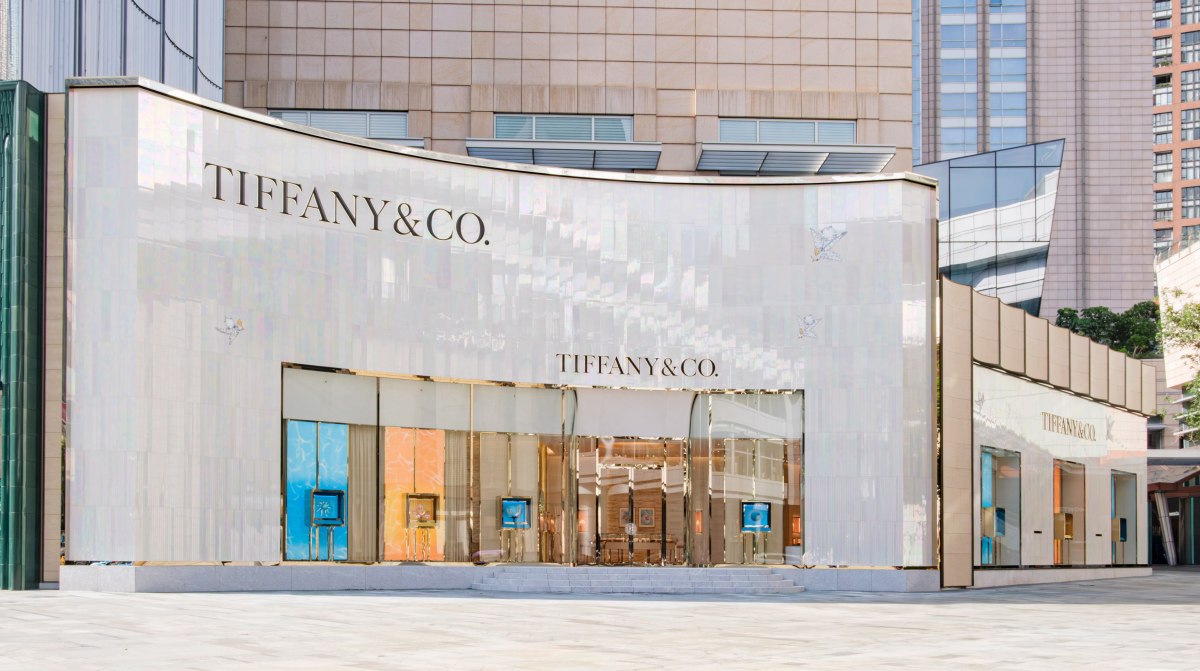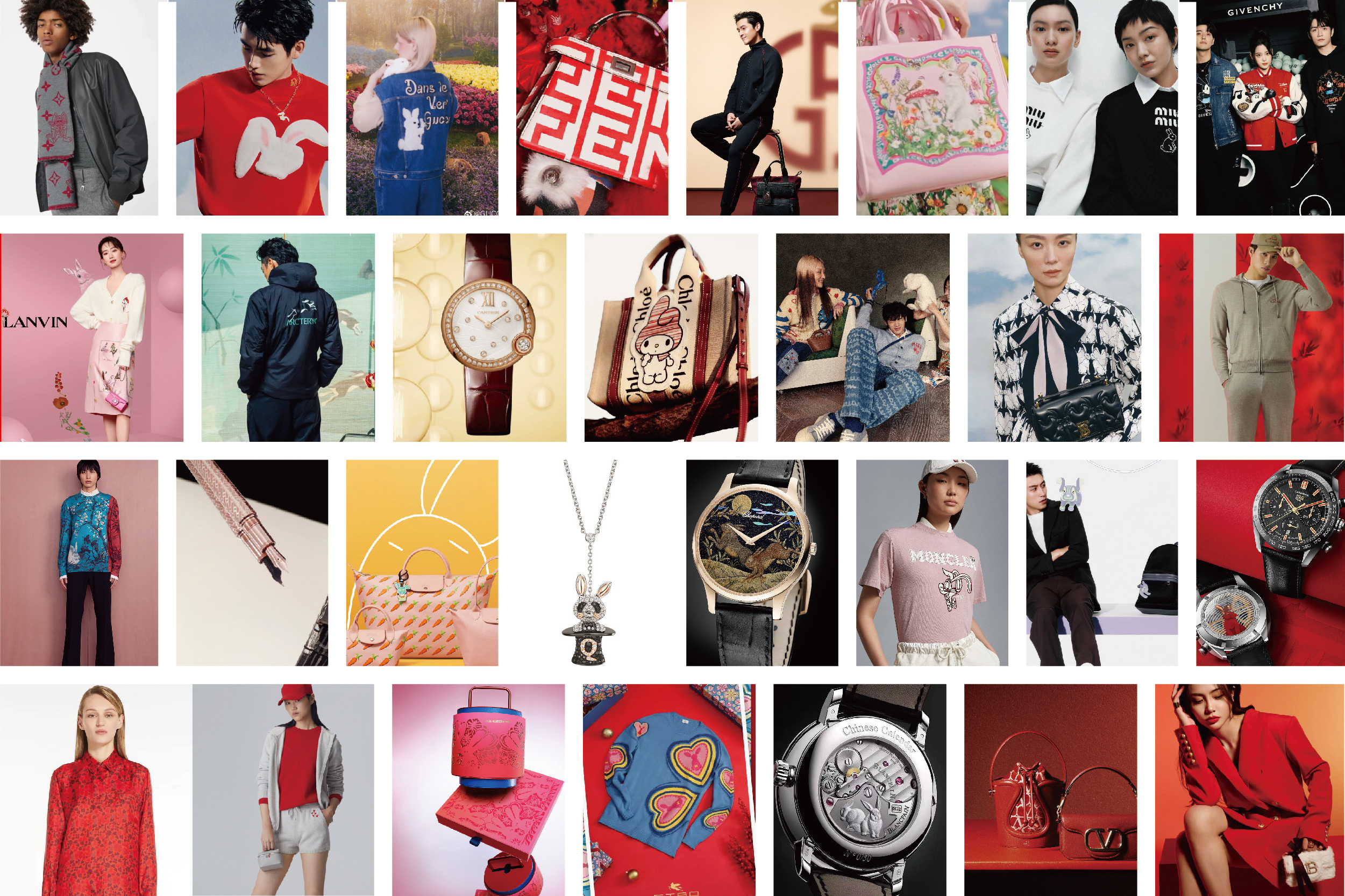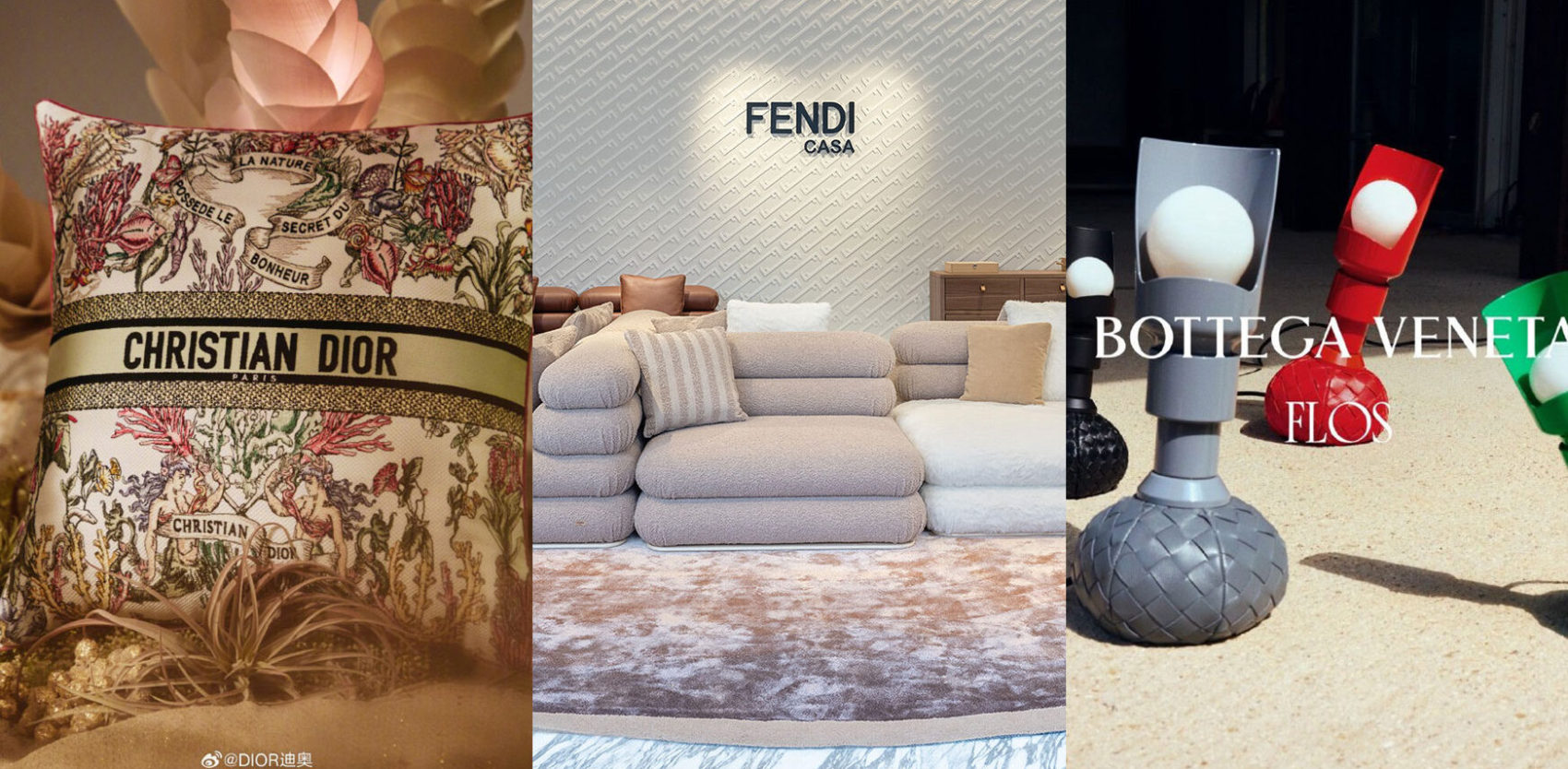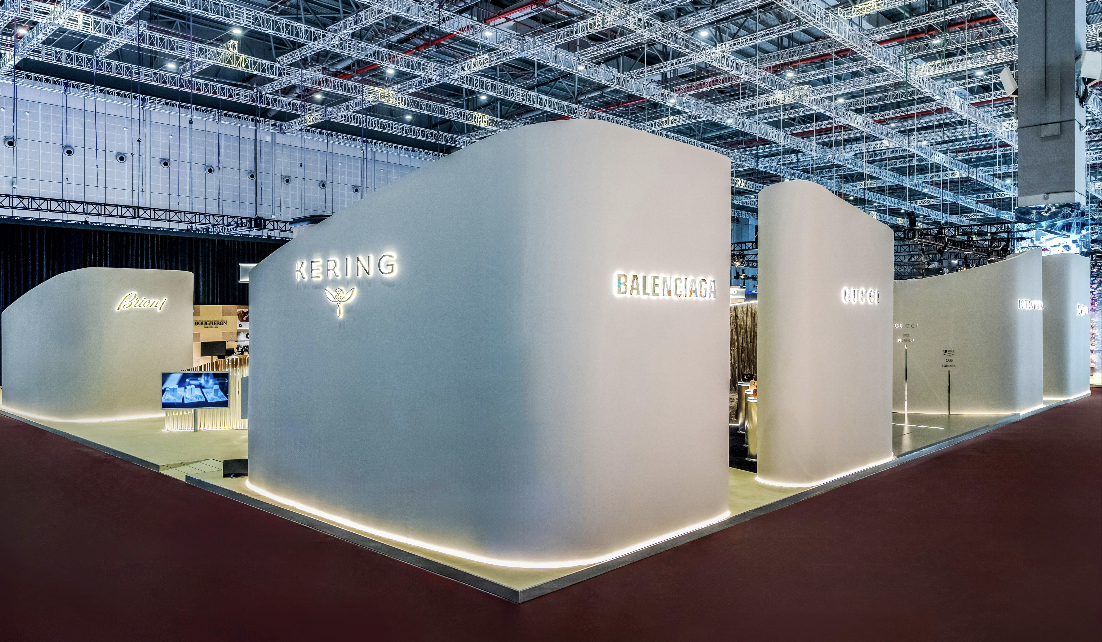According to the full version of the “Luxe.CO Luxury Brands in China Power Ranking 2025 H1″ report released by Luxe.CO earlier this month, the number of new luxury brand store openings in the Chinese Mainland dropped by 38% year-on-year in the first half of 2025. Among them, only 42 new luxury stores were opened in non-first-tier cities, marking a significant 48% decline compared to the first half of 2024—far steeper than the 10% drop seen in first-tier cities.
Note: First-tier cities include Beijing, Shanghai, Guangzhou, Shenzhen, Hong Kong, Taipei, and Macau.

At the same time, several luxury brands are streamlining their store networks in second-tier cities, and in some cases, exiting certain cities altogether.
In November 2024, Loewe closed its only store in Yunnan Province, located in Kunming’s Hang Lung Plaza. The store had opened in 2020. The following month, in December, Tiffany & Co. sent a notice to customers announcing the closure of its boutique in Kunming Kingworld Time Shopping Center. Opened in 2011, this was Tiffany’s first store in Kunming and its only store in Yunnan before closing.
Since the beginning of this year, Pomellato has successively closed its stores in Harbin Zhuozhan Shopping Center, Changchun Zhuozhan Shopping Center, Xi’an SKP, and Suzhou Center—all previously the brand’s sole stores in each of those cities. Pomellato also closed its store in Wuhan Hang Lung Plaza; the brand now only operates one store in Wuhan, located in Wuhan SKP.
Loro Piana and Thom Browne both closed their stores in Harbin Zhuozhan Shopping Center, leaving them with no presence in Heilongjiang Province.
Moschino closed its stores in Shenyang MixC and Haikou Baifang Shopping Center.
Bottega Veneta shut down its store in Taiyuan Wangfujing, while Dolce & Gabbana closed its locations in Taiyuan Tianmei Xintiandi Shopping Center and Jinan Guihe Shopping Center. Both brands now have no stores remaining in Shanxi Province.
Roger Vivier and Montblanc closed their stores in Nanning MixC, effectively withdrawing from the Guangxi market.
On August 7, Guiyang Lixing Center issued a statement bidding farewell to Gucci, a long-standing partner of 15 years—signaling the impending closure of Gucci’s only store in Guiyang. Earlier in April, Cartier had also exited Lixing Center. Cartier had first opened a store there in 2022; it now retains only a watch boutique in Guiyang’s International Trade Plaza.
Amid a generally sluggish luxury market, brands are reallocating their limited resources, both manpower and capital, toward key stores in first-tier or quasi-first-tier cities, especially focusing on flagship stores. Through expansion, renovation, and upgrades, brands aim to better attract and serve their core clientele, increase customer loyalty, and improve store performance. For example:
-
In July, Gucci and Balenciaga opened new stores at Guangzhou K11, while Tiffany unveiled a new flagship store at Shenzhen MixC featuring a 450-square-meter façade with the brand’s latest global design.
-
In June, Louis Vuitton opened its second “Louis Vuitton Maison” in Shanghai at HKRI Taikoo Hui, launching a massive ship-shaped exhibition space—”The Louis.” That same month, Louis Vuitton also signed an agreement with K11 Musea’s developer, New World Development, to open one of Asia’s largest boutiques at the shopping center by the end of next year.
-
In May, Balenciaga opened its largest global flagship store at Taikoo Li Sanlitun.
-
In April, Graff opened its first-ever duplex flagship store in the Chinese Mainland at Beijing WF Central.

Above: In June, Louis Vuitton unveiled a new concept landmark, “The Louis” at Shanghai HKRI Taikoo Hui.

Above: Tiffany’s newly upgraded boutique at Shenzhen MixC, opened in July.
The “Luxe.CO Luxury Brands in China Power Ranking 2025 H1” (hereinafter referred to as the “Power Ranking”), exclusively created and published by Luxe.CO, has now entered its fourth year. The newly released “Luxe.CO Luxury Brands in China Power Ranking 2025 H1””covers 277 developments across 86 luxury brands between January 1 and June 30, 2025. It tracks ten categories of marketing and channel expansion activities (excluding luxury beauty, skincare, fragrance, eyewear, and hotel sectors).

| Source: Official brand and mall announcements, brand WeChat accounts, Bloomberg, Luxe.CO archives
| Image Credit: Courtesy of Louis Vuitton, Tiffany, and free image site Pixabay
| Editor: LeZhi



